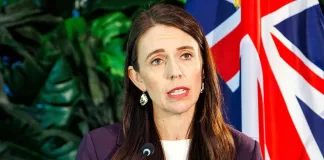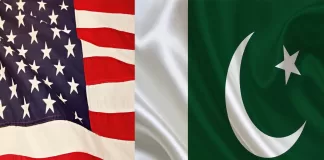According to the state minister of defence, Sri Lanka will reduce its army by a third to 135,000 soldiers by next year and to 100,000 by 2030 as it strives to cut expenditures in the face of its greatest economic crisis in more than seven decades.
“Military spending is basically state-borne expenditure which indirectly stimulates and opens avenues for economic growth by way of assuring national and human security,” Premitha Bandara Thennakoon said in a statement.
By 2030, the plan is to have a defence force that is both technically and tactically competent and well-balanced, according to Thennakoon.
According to World Bank data, the number of Sri Lanka’s armed forces reached a peak between 2017 and 2019, with 317,000 soldiers, even more than it was during the 25-year struggle with the Liberation Tigers of Tamil Eelam (LTTE), which ended in 2009.
According to Colombo-based think firm Verite Research, the defence sector’s percentage of overall expenditures in Sri Lanka peaked in 2021 at 2.31 percent of the GDP but dropped to 2.03 percent last year.
Also Read
The administration of President Ranil Wickremesinghe recently issued an order to cut state spending by 5%, and earlier this week, they issued a warning that welfare payments for 1.8 million people living below the poverty line would be postponed this month.
For Sri Lanka to be eligible for a $2.9 billion IMF loan, it must achieve debt sustainability.
Additionally, the lender has requested that Colombo reduce its 1.5 million-strong public service, drastically increase taxes, and sell off state businesses that are losing money.
Sri Lanka’s attempts to restructure its debt have stagnated because important creditors like China and India have not yet agreed to a “haircut” on their loans to the South Asian country.
On January 1st, personal income and business taxes were doubled in order to boost state revenue.
After a 75 percent tariff hike in August, electricity costs are also rising by another 65 percent.
The 22 million people in Sri Lanka faced months of food and fuel shortages, ongoing outages, and uncontrollable inflation last year, inciting widespread resentment.
At the height of the crisis, in July, Wickremesinghe took office, replacing his predecessor who had fled the nation after demonstrators attacked his home.





